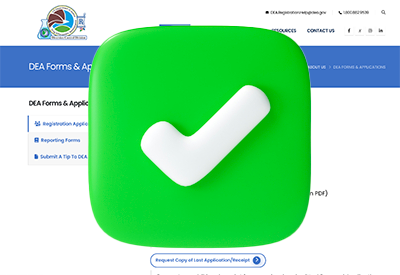General Psychiatry
Beginning Antidepressant Treatment: A Recommended Approach
Michael Posternak, MD
Psychiatrist in private practice in Boston, MA
Dr. Posternak has disclosed that he has no relevant financial or other interests in any commercial companies pertaining to this educational activity.
Read More
When First-Line Depression Treatments Don’t Cut It: Newer Antidepressants and Sometimes, Antipsychotics
 Michael Gitlin, MD
Director of the Outpatient Mood Disorder Program at UCLA, as well as author of The Psychotherapist’s Guide to Psychopharmacology (Free Press)
Dr. Gitlin has disclosed that he has no relevant financial or other interests in any commercial companies pertaining to this educational activity.
Michael Gitlin, MD
Director of the Outpatient Mood Disorder Program at UCLA, as well as author of The Psychotherapist’s Guide to Psychopharmacology (Free Press)
Dr. Gitlin has disclosed that he has no relevant financial or other interests in any commercial companies pertaining to this educational activity.
When Depression Meds Fail, Transcranial Magnetic Stimulation Might Be Plan B
 Jonathan E. Becker, DO
Assistant professor of clinical psychiatry and behavioral sciences at Vanderbilt University School of Medicine
Dr. Becker has disclosed that he has no relevant financial or other interests in any commercial companies pertaining to this educational activity.
Jonathan E. Becker, DO
Assistant professor of clinical psychiatry and behavioral sciences at Vanderbilt University School of Medicine
Dr. Becker has disclosed that he has no relevant financial or other interests in any commercial companies pertaining to this educational activity.
ConsumerLab.com: Guiding Patients Toward OTCs That Won’t Hurt Them
Richard Gardiner, MD
Psychiatrist in private practice in Potter Valley, CA
Dr. Gardiner has disclosed that he has no relevant financial or other interests in any commercial companies pertaining to this educational activity.
Read More
NeuroStar’s Latest TMS System: 19 Minutes Is the New 40
Daniel Carlat, MD
Dr. Carlat has disclosed that he has no relevant financial or other interests in any commercial companies pertaining to this educational activity.
Read More
CLINICAL Q&A
Diagnosing and Treating Borderline Personality Disorder
Joel Paris, MD
Professor, Department of Psychiatry, McGill University
Dr. Paris has no relevant financial or other interests in any commercial companies pertaining to this educational activity.
Daniel Carlat, MD
Editor-in-chief, The Carlat Psychiatry Report
Dr. Carlat has disclosed that they have no relevant financial or other interests in any commercial companies pertaining to this educational activity.
Read More

_-The-Breakthrough-Antipsychotic-That-Could-Change-Everything.jpg?1729528747)



